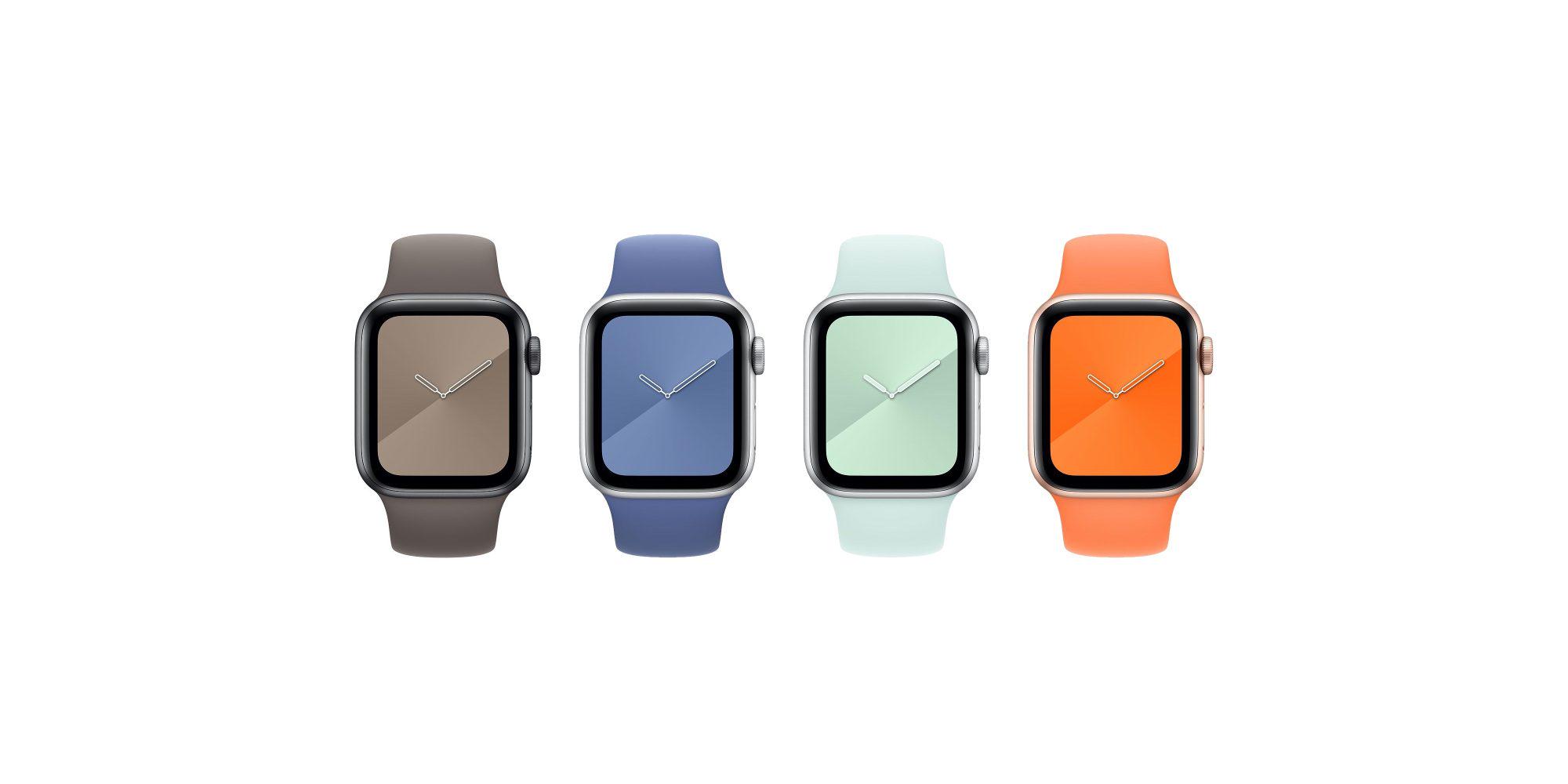New macOS update time! macOS 10.15.5 is out now with a new battery health feature Apple released macOS Catalina 10.15.5 today, adding a new battery health feature and new FaceTime options. That battery health feature could extend the life of your MacBook’s battery. Lithium-ion batteries, like the ones in a MacBook, slowly age over time, which means they typically begin to hold less of a charge as the computer gets older. Apple’s new battery health feature in macOS is designed to slow that aging process so that your battery will hold more charge over a longer period of time. Here’s how the feature works behind the scenes, as described by my colleagues Dieter Bohn and Jacob Kastrenakes last month: ...in certain cases, seeing 100 percent battery life in your menu bar may not necessarily mean it’s the maximum your battery could charge to. Instead of meaning that it’s charged to 100 percent of what the battery could take, it will now mean it’s charged to 100 percent of what the battery should take to maximize its lifespan. The new battery health feature will be turned on by default for new MacBooks that ship with macOS 10.15.5 or after you upgrade to macOS 10.15.5 if you’re using a MacBook that supports Thunderbolt 3 (which is any MacBook Pro released in 2016 or later or any MacBook Air released in 2018 or later). macOS 10.15.5 will also let you turn off the feature in group FaceTime calls that changes the size of the portrait of the current speaker, adds controls to let you better calibrate the Pro Display XDR, and has other bug fixes and improvements.

:extract_cover()/https://meta-storage.neard.com/54b53072540eeeb8f8e9343e71f28176.20200526071505.1590477305.1664.jpeg)




:extract_cover()/https://meta-storage.neard.com/54b53072540eeeb8f8e9343e71f28176.20200623030512.1592881512.0471.jpeg)
:extract_cover()/https://meta-storage.neard.com/54b53072540eeeb8f8e9343e71f28176.20200623030638.1592881598.3769.jpeg)
